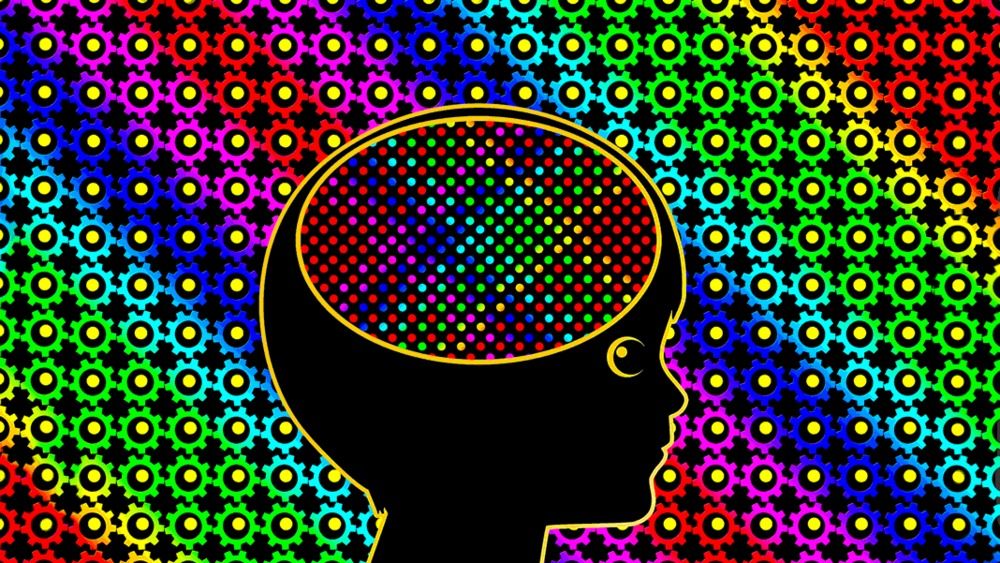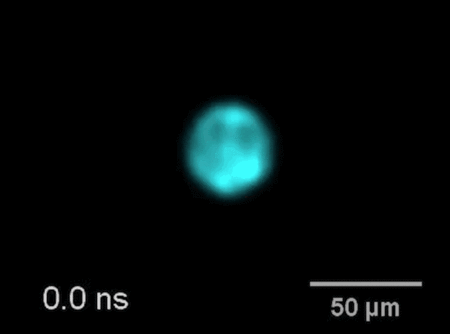Page 8009
Jan 21, 2020
First U.S. case of potentially deadly Chinese coronavirus confirmed in Washington state
Posted by Quinn Sena in categories: biotech/medical, health
The man, in his 30s, is in stable condition at Providence Regional Medical Center in Everett, Wash. Officials said they are monitoring him there out of an abundance of caution, not because he is seriously ill. The man arrived in the United States last week, before federal health officials began screening travelers from the central Chinese city of Wuhan at Los Angeles, San Francisco and New York’s John F. Kennedy international airports, the first such effort since the 2014 Ebola outbreak.
Jan 21, 2020
Why Google thinks we need to regulate AI
Posted by Michael Lance in category: robotics/AI
Sundar Pichai, CEO of Google, calls for sensible regulation of AI. I agree. “Companies such as ours cannot just build promising new technology and let market forces decide how it will be used. It is equally incumbent on us to make sure that technology is harnessed for good and available to everyone.”
Companies cannot just build new technology and let market forces decide how it will be used.
Jan 21, 2020
Capella Space reveals new satellite design for real-time control of high-resolution Earth imaging
Posted by Genevieve Klien in categories: satellites, sustainability

Satellite and Earth observation startup Capella Space has unveiled a new design for its satellite technology, which improves upon its existing testbed hardware platform to deliver high-resolution imaging capable of providing detail at less than 0.5 meters (1.6 feet). Its new satellite, code-named “Sequoia,” also will be able to provide real-time tasking, meaning Capella’s clients will be able to get imaging from these satellites of a desired area basically on demand.
Capella’s satellites are “synthetic aperture radar” (SAR for short) imaging satellites, which means they’re able to provide 2D images of the Earth’s surface even through cloud cover, or when the area being imaged is on the night side of the planet. SAR imaging resolution is typically much higher than the 0.5-meter range that Capella’s new design will enable — and it’s especially challenging to get that kind of performance from small satellites, which is what Sequoia will be.
Jan 21, 2020
Can Synthetic Biology Inspire The Next Wave Of AI?
Posted by Genevieve Klien in categories: bioengineering, biological, robotics/AI, transportation
Computers can beat humans at sophisticated tasks like the game Go, but can they also drive a car, … [+] speak languages, play soccer, and perform a myriad of other tasks like humans? Here’s what AI can learn from biology.
Jan 21, 2020
How Researchers Used AI to Better Understand Biological Vision
Posted by Genevieve Klien in categories: biological, neuroscience, robotics/AI

A few years back, DeepMind’s Demis Hassabis famously prophesized that AI and neuroscience will positively feed into each other in a “virtuous circle.” If realized, this would fundamentally expand our insight into intelligence, both machine and human.
We’ve already seen some proofs of concept, at least in the brain-to-AI direction. For example, memory replay, a biological mechanism that fortifies our memories during sleep, also boosted AI learning when abstractly appropriated into deep learning models. Reinforcement learning, loosely based on our motivation circuits, is now behind some of AI’s most powerful tools.
Continue reading “How Researchers Used AI to Better Understand Biological Vision” »
Jan 21, 2020
Flu vaccine reduces tumor growth (in mice) according to a new study
Posted by Paul Battista in category: biotech/medical
Jan 21, 2020
Scientists have discovered strange objects orbiting our galaxy’s black hole
Posted by Quinn Sena in category: cosmology

Every major galaxy is home to a supermassive black hole, and our own Milky Way is no exception. Astronomers recently found something unexpected near this massive object — 4 mysterious objects, each similar to a pair of bizarre bodies spotted in recent years in this same region of the galaxy.
Our local supermassive black hole, Sagittarius A* (Sgr A*, pronounced Sag A star), contains roughly 4 million times as much mass as the Sun. Not far from this black hole, members of a newly-discovered class of objects are caught in a gravitational dance with a massive body.
Jan 21, 2020
Ultrafast camera takes 1 trillion frames per second of transparent objects and phenomena
Posted by Quinn Sena in categories: electronics, neuroscience
A little over a year ago, Caltech’s Lihong Wang developed the world’s fastest camera, a device capable of taking 10 trillion pictures per second. It is so fast that it can even capture light traveling in slow motion.
But sometimes just being quick is not enough. Indeed, not even the fastest camera can take pictures of things it cannot see. To that end, Wang, Bren Professor of Medical Engineering and Electrical Engineering, has developed a new camera that can take up to 1 trillion pictures per second of transparent objects. A paper about the camera appears in the January 17 issue of the journal Science Advances.
The camera technology, which Wang calls phase-sensitive compressed ultrafast photography (pCUP), can take video not just of transparent objects but also of more ephemeral things like shockwaves and possibly even of the signals that travel through neurons.
Jan 21, 2020
ESA opens oxygen plant, making air out of moondust
Posted by Quinn Sena in categories: materials, space
ESA’s technical heart has begun to produce oxygen out of simulated moondust.
A prototype oxygen plant has been set up in the Materials and Electrical Components Laboratory of the European Space Research and Technology Centre, ESTEC, based in Noordwijk in the Netherlands.
“Having our own facility allows us to focus on oxygen production, measuring it with a mass spectrometer as it is extracted from the regolith simulant,” comments Beth Lomax of the University of Glasgow, whose Ph.D. work is being supported through ESA’s Networking and Partnering Initiative, harnessing advanced academic research for space applications.















